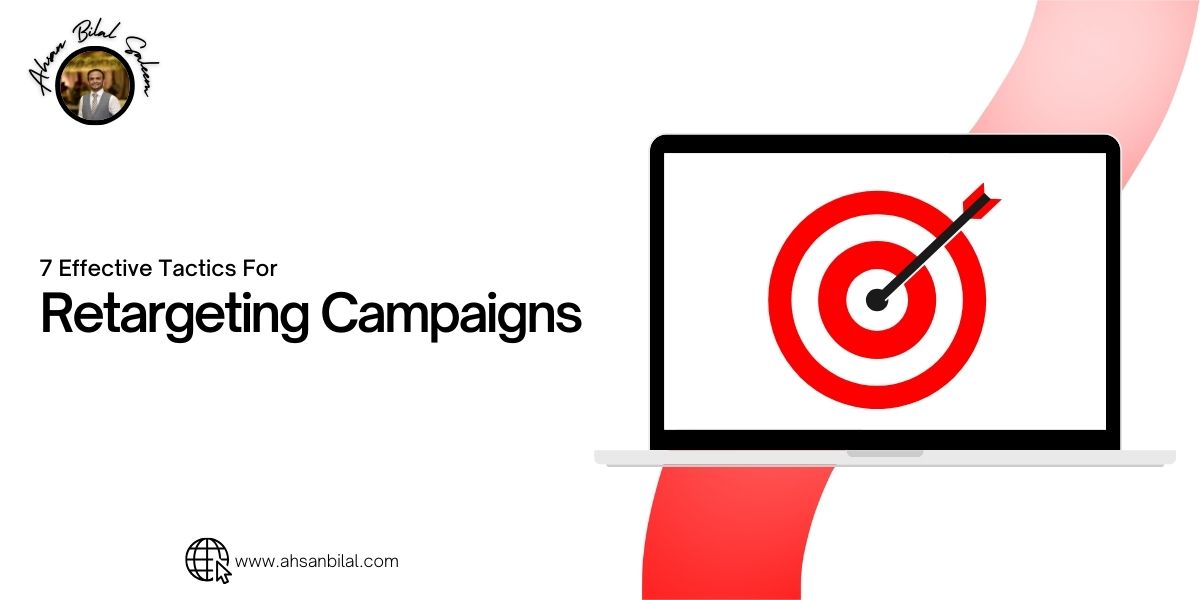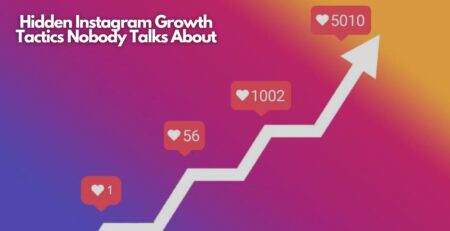7 Effective Tactics For Retargeting Campaigns
In the ever-evolving landscape of digital marketing, retargeting stands out as a powerful strategy to re-engage potential customers who have previously interacted with your brand. By serving targeted ads to individuals who have shown interest in your products or services, you can significantly increase conversion rates and maximize your marketing ROI. Here are seven effective tactics for executing successful retargeting campaigns.
1. Segment Your Audience
The foundation of a successful retargeting campaign lies in effective audience segmentation. Instead of treating all website visitors the same, categorize them based on their behavior and interactions with your site. For instance, create segments for visitors who viewed specific product pages, added items to their cart but didn’t purchase, or spent a significant amount of time on your blog. By tailoring your retargeting ads to the unique interests and needs of these segments, you can deliver more relevant and compelling messages, ultimately driving higher engagement and conversions.
2. Utilize Dynamic Retargeting Ads
Dynamic retargeting ads take personalization to the next level by automatically displaying the exact products or services that individuals viewed on your website. This tactic is particularly effective for e-commerce businesses with large product catalogs. By showcasing the items that customers have already expressed interest in, dynamic ads create a seamless and personalized shopping experience that encourages them to return and complete their purchase. Additionally, these ads can include recommendations for related products, further enticing customers with options that match their preferences.
3. Leverage Cross-Channel Retargeting
To maximize the reach and effectiveness of your retargeting efforts, it’s essential to engage your audience across multiple channels. While display ads on the Google Display Network are a common retargeting tactic, consider expanding your efforts to include social media platforms like Facebook, Instagram, and LinkedIn. Each platform offers unique targeting capabilities and ad formats that can help you reach your audience in different contexts. Cross-channel retargeting ensures that your brand remains top-of-mind, no matter where your potential customers are spending their time online.
4. Implement Sequential Retargeting
Sequential retargeting involves serving a series of ads in a specific order to guide prospects through the buyer’s journey. Instead of bombarding visitors with the same ad repeatedly, this tactic allows you to deliver tailored messages that address different stages of the decision-making process. For example, the first ad might highlight a product’s key features, the second could offer customer testimonials or reviews, and the third might present a limited-time discount or special offer. By gradually building trust and addressing potential objections, sequential retargeting can effectively nurture leads and drive conversions.
5. Exclude Converted Customers
One common mistake in retargeting campaigns is continuing to target users who have already completed the desired action, such as making a purchase or signing up for a newsletter. Not only is this a waste of ad spend, but it can also annoy customers who may feel that your ads are irrelevant. To avoid this, regularly update your retargeting lists to exclude converted customers. Instead, consider creating separate campaigns to re-engage these individuals with upsell or cross-sell offers, or to encourage repeat purchases and loyalty.
6. Optimize Ad Frequency And Timing
Finding the right balance between staying top-of-mind and becoming intrusive is crucial in retargeting campaigns. If your ads are shown too frequently, they can lead to ad fatigue and negative brand perception. Conversely, if they’re not shown enough, you risk losing potential customers to competitors. Use frequency capping to limit the number of times an individual sees your ad within a given timeframe. Additionally, consider the timing of your ads – showing them during peak shopping hours or after a specific interval from the initial interaction can increase the likelihood of engagement and conversions.
7. Test And Refine Your Ads
Continuous testing and optimization are essential to the success of any retargeting campaign. Regularly experiment with different ad creatives, copy, and call-to-actions to determine what resonates best with your audience. A/B testing allows you to compare the performance of different ad variations and make data-driven decisions to improve your campaign’s effectiveness. Pay attention to key metrics such as click-through rates, conversion rates, and return on ad spend (ROAS) to identify areas for improvement and refine your strategy accordingly.
Conclusion
Retargeting campaigns are a powerful tool in the digital marketer’s arsenal, enabling brands to re-engage potential customers and drive conversions. By segmenting your audience, utilizing dynamic ads, leveraging cross-channel opportunities, implementing sequential messaging, excluding converted customers, optimizing ad frequency and timing, and continuously testing and refining your approach, you can create highly effective retargeting campaigns that maximize your marketing ROI.
The digital marketing landscape is constantly evolving, and staying ahead of the curve requires a strategic and adaptable approach. By employing these seven tactics, you can enhance your retargeting efforts, build stronger connections with your audience, and ultimately achieve greater success in your marketing endeavors.










